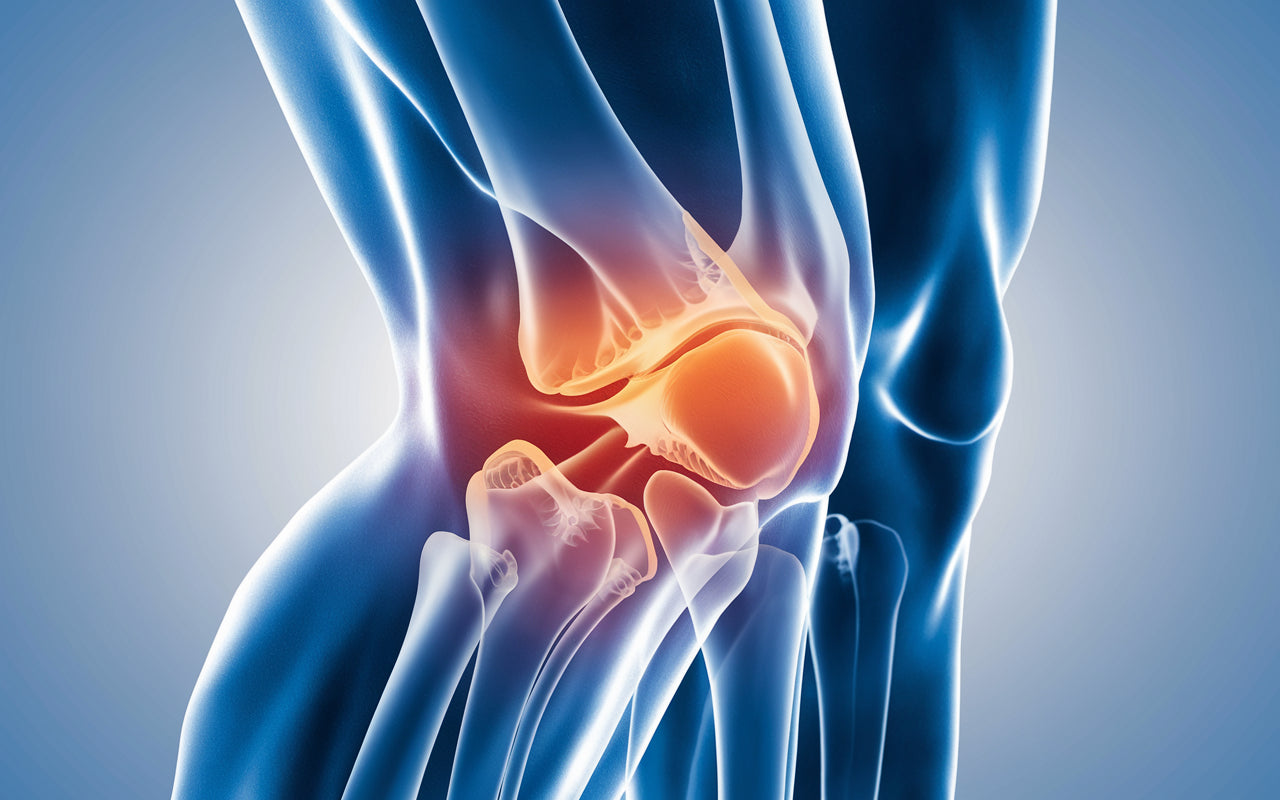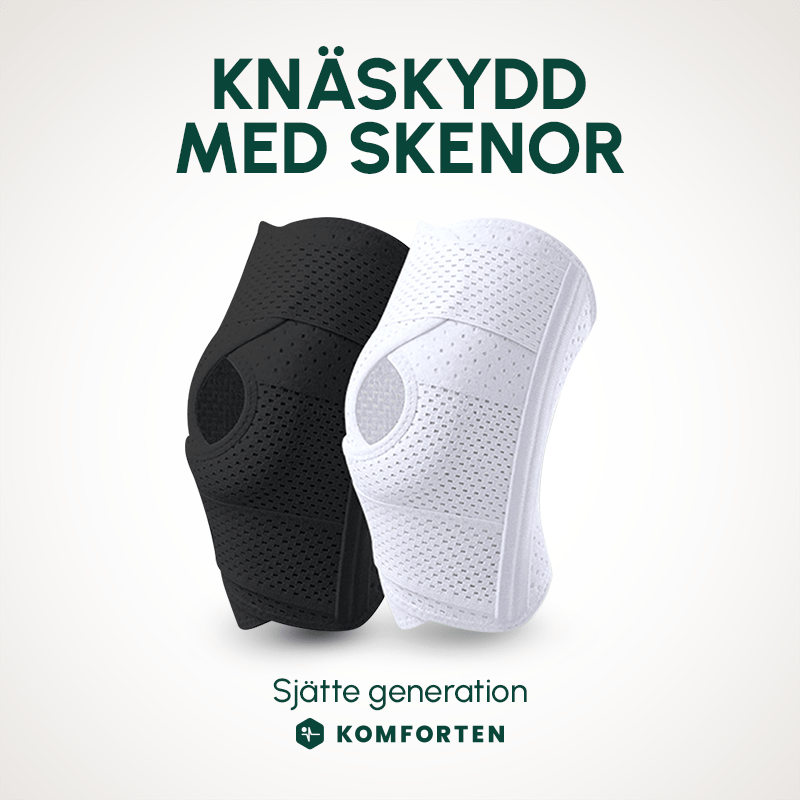Unstable Knee: Symptoms, Causes, and Treatment

An unstable knee can cause significant discomfort and limit mobility. This article reviews the most common symptoms, causes, and treatment options for unstable knees, as well as how specialized knee braces can help.
What is an unstable knee?
An unstable knee occurs when the structures that support the knee joint, such as ligaments, muscles, or menisci, are damaged or weakened. This can lead to a feeling of uncertainty and instability in the knee – a common symptom of, for example, meniscus or cruciate ligament injuries.
Symptoms of unstable knee
Common symptoms of an unstable knee include:
- Feeling that the knee is "giving way" or is unstable
- Pain, especially with strain or movement
- Swelling around the knee joint
- Reduced mobility in the knee
- Difficulty performing certain movements or activities
These symptoms may resemble knee pain when walking and bearing weight, but are often linked to underlying instability.
Causes of unstable knee
An unstable knee can be caused by several factors:
- Ligament injuries (e.g. cruciate ligament injury or collateral ligament injury)
- Meniscus injuries
- Osteoarthritis
- Muscle weakness around the knee
- Previous knee injuries
Instability can also occur in connection with knee osteoarthritis, where the cartilage gradually breaks down.
Diagnosis and treatment of unstable knee
Unstable knee means that the knee feels weak, gives way or moves abnormally when loaded. The condition can be caused by ligament damage, meniscus problems or impaired muscle control. The diagnosis is usually made through a physical examination, the patient's medical history and sometimes imaging tests such as MRI or ultrasound.
Treatment is tailored to the cause of the instability and often includes a combination of exercise, supportive devices and, if necessary, medical or surgical treatment.
Physiotherapy
Physiotherapy is the mainstay of treatment for an unstable knee. Specific exercises strengthen the muscles around the joint, which improves stability and control. Rehabilitation also focuses on balance and coordination to reduce the risk of future injuries.
Knee pads with splints
In cases of ongoing discomfort, knee braces with splints can be used to provide extra support and reduce the strain on damaged structures. These aids stabilize the joint during movement and are often used during activities that involve high stress on the knee.
Anti-inflammatory drugs
Painkillers and anti-inflammatory medications can relieve pain and reduce swelling associated with inflammation or overuse. The treatment facilitates movement and allows rehabilitation to be performed without discomfort.
Operation
In cases of severe damage to the ligaments or other stabilizing structures of the knee, surgery may be necessary. The surgery aims to repair or replace the damaged tissues to restore normal knee function. After surgery, a longer rehabilitation period follows to build strength and stability.

How knee braces with splints can help with unstable knees
Knee pads with splints from Komforten offer several benefits for people with unstable knees:
- Excellent support and stability for the knee joint
- Customizable comfort with adjustable fit
- Injury prevention, especially for active people
- Support during rehabilitation and for people with osteoarthritis
These knee braces are made of lightweight and durable materials for comfortable wear over extended periods of time. They provide compression and support that can reduce pain and swelling, as well as improve knee stability during daily activities and training. The knee brace is particularly suitable for rehabilitation, such as after a cruciate ligament injury , and can be used in everyday life or during training.
Buy nowConclusion
An unstable knee can be a challenging and limiting injury, but with proper diagnosis and treatment, most people can regain stability and function in their knee. Using specialized knee braces and splints can provide additional support and comfort during the recovery process and in daily life. It is important to consult a doctor or physical therapist for an individual assessment and treatment plan. Knee braces and splints are an effective way to stabilize your knee during recovery – especially if you are also suffering from other conditions such as knee swelling .
Frequently Asked Questions (FAQ)
How do I know if I have an unstable knee?
Typical signs include a feeling that the knee is "giving way," pain when putting weight on it, and difficulty performing certain movements. A doctor can provide a definitive diagnosis.
Can an unstable knee heal on its own?
Mild cases can sometimes improve with rest and exercise, but more serious cases often require professional treatment.
How long do I need to use a knee brace with splints?
The duration of use varies depending on the severity of the injury and your doctor's recommendations. Some use it during rehabilitation, while others may need long-term support.
Can I exercise with an unstable knee?
Yes, but it is important to follow a customized exercise program designed by a physiotherapist. A knee brace with splints can provide extra support during exercise.
How do I choose the right knee brace for my unstable knee?
Consult a doctor or physical therapist for advice on which type of knee brace is best suited for your specific situation and degree of instability.

